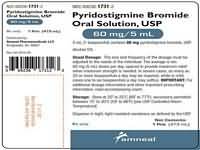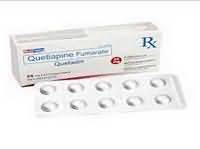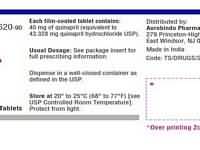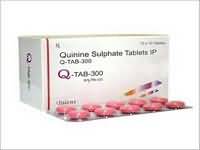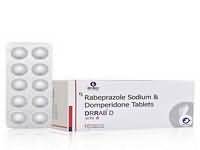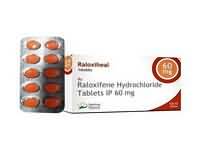Anastrozole
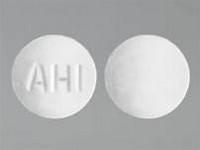
Anastrozole
CLINICAL USE
Treatment of breast cancer in post-
menopausal women
DOSE IN NORMAL RENAL FUNCTION
1 mg daily
PHARMACOKINETICS
Molecular weight :
293.4
%Protein binding :
40
%Excreted unchanged in urine :
<10 :
Volume of distribution (L/kg) :
No data
half-life – normal/ESRD (hrs) :
40–50/Probably
unchanged
DOSE IN RENAL IMPAIRMENT
GFR (mL/MIN)
20 to 50 : Dose as in normal renal function
10 to 20 : Dose as in normal renal function
<10 :
Dose as in normal renal function
DOSE IN PATIENTS UNDERGOING RENAL REPLACEMENT THERAPIES
CAPD :
Dialysed. Dose as in normal renal
function
HD :
Dialysed. Dose as in normal renal
function
HDF/high flux :
Dialysed. Dose as in normal renal
function
CAV/VVHD :
Dialysed. Dose as in normal renal
function
IMPORTANT DRUG INTERACTIONS
Potentially hazardous interactions with other drugs
Oestrogen-containing therapies: avoid
concomitant administration as would
negate pharmacological action
amoxifen: avoid concomitant
administration
ADMINISTRATION
Reconstition
–
Route
Oral
Rate of Administration
–
Comments
–
OTHER INFORMATION
Anastrozole is extensively metabolised in
the liver; only 10% of unchanged drug and
60% of metabolites (largely inactive) are
excreted in the urine
Although renal clearance of anastrozole
decreases proportionally with creatinine
clearance, the reduction in renal clearance
does not affect total body clearance of
anastrozole. According to the American
SPC a dose reduction is not required in
renal impairment
In the UK, the SPC recommends avoiding
the use of anastrozole in patients with
GFR<20 mL/min
See how to identify renal failure stages according to GFR calculation
See how to diagnose irreversible renal disease
Home

